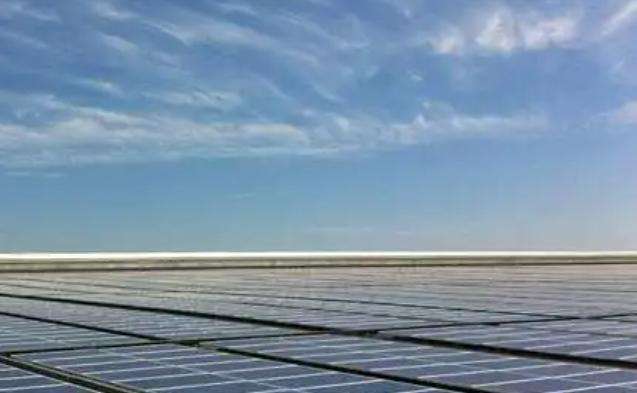Electrolyzed water has the following four major disadvantages for healthy people:
1. It loses the minerals and trace elements that the human body must obtain from water. The more nutritious the water, the more so-called “dirty” substances will be precipitated after electrolysis. These “dirty things” are minerals and trace elements.
2. Electrolyzed water has extremely high activity and solubility. When it enters the body, it dissolves and dilutes human nutrition. Prolonged and frequent consumption causes nutritional imbalance in the human body. "The more the body drinks, the drier the mouth becomes, which directly affects physical health.
3. Drinking electrolyzed water containing hydroxyl ions for a long time or more can reduce and neutralize the Stomach acid, destroying normal digestion
4. Extremely active electrolyzed water can speed up digestion.nt human cells and organs, making people mature and age in advance. It's like a car that is moving away and being scrapped at an accelerating rate.
The process in which water (H2O) is electrolyzed by direct current to generate hydrogen and oxygen is called water electrolysis. When an electric current passes through water (H2O), hydrogen gas (H2) is formed by reducing the water at the cathode and oxygen (O2) is formed by oxidizing the water at the anode . The amount of hydrogen produced is approximately twice that of oxygen. Water electrolysis is the next generation method for preparing hydrogen fuel, replacing steam reforming to produce hydrogen.
As early as 1789, Jan Rudolf de Man and Adrian Pais van Truswijk used an electrostatic device to generate electricity and used gold electrodes to electrolyze water from the Leiden bottle into gas. In 1800, Alessandro Volta invents the voltaic cell, which will be used a few weeks later by William Nixon and Anthony Carlyle to electrolyze water. After Gramm invented the direct current generator in 1869, water electrolysis gradually attracted attention as an inexpensive method of producing hydrogen.
Hydrogen and oxygen are obtained by electrolysis of water. I heard that hydrogen can produce electricity.
The red color is hydrogen, and the hydrogen generator manages it. If water electrolysis is used to produce oxygen, hydrogen will be produced at the same time, because the hydrogen will float to the top and collect at the top. So it is necessary to build an air pump on top of the base to pump the water. hydrogen and send it to the red hydrogen generator to produce electricity (mainly used to dispose of hydrogen, don't expect the useread for electricity).
Since the “water-hydrogen engine” needs to electrolyze water, convert it into oxygen and hydrogen, and then convert it into electricity, why not use electricity directly? What to do with rotting water?
Student, this hydrogen-based energy production is a type of thermal energy production. Thermal power generation refers to using the heat released from combustion to evaporate the liquid to form steam to rotate the turbine and then drive the generator. rotate to produce electricity. We are now Thermal power generation primarily burns coal, but the carbon dioxide produced by burning coal has a huge effect on the greenhouse effect. This is why we are investigating clean energy sources such as hydrogen that do not produce carbon dioxide. during combustion, as well as batteriesHydrogen, new energy sources that use chemical reactions with hydrogen to produce electricity.
Yes, water is a very stable compound, so it's a scam.
Currently, there is no stable and inexpensive catalyst for electrolyzing water. The common commercial catalyst is iridium dioxide, a precious and very expensive metal. Currently in businessA hydrogen fuel cell is used. Hydrogen and oxygen are placed at the two ends of the anode and cathode, respectively. Hydrogen protons enter the holes in the proton exchange membrane (PEM) and combine with oxygen molecules. The redox reaction occurs and is blocked. Electrons outside the membrane must bypass both ends of the electrode plate, generating a current to drive the motor.














